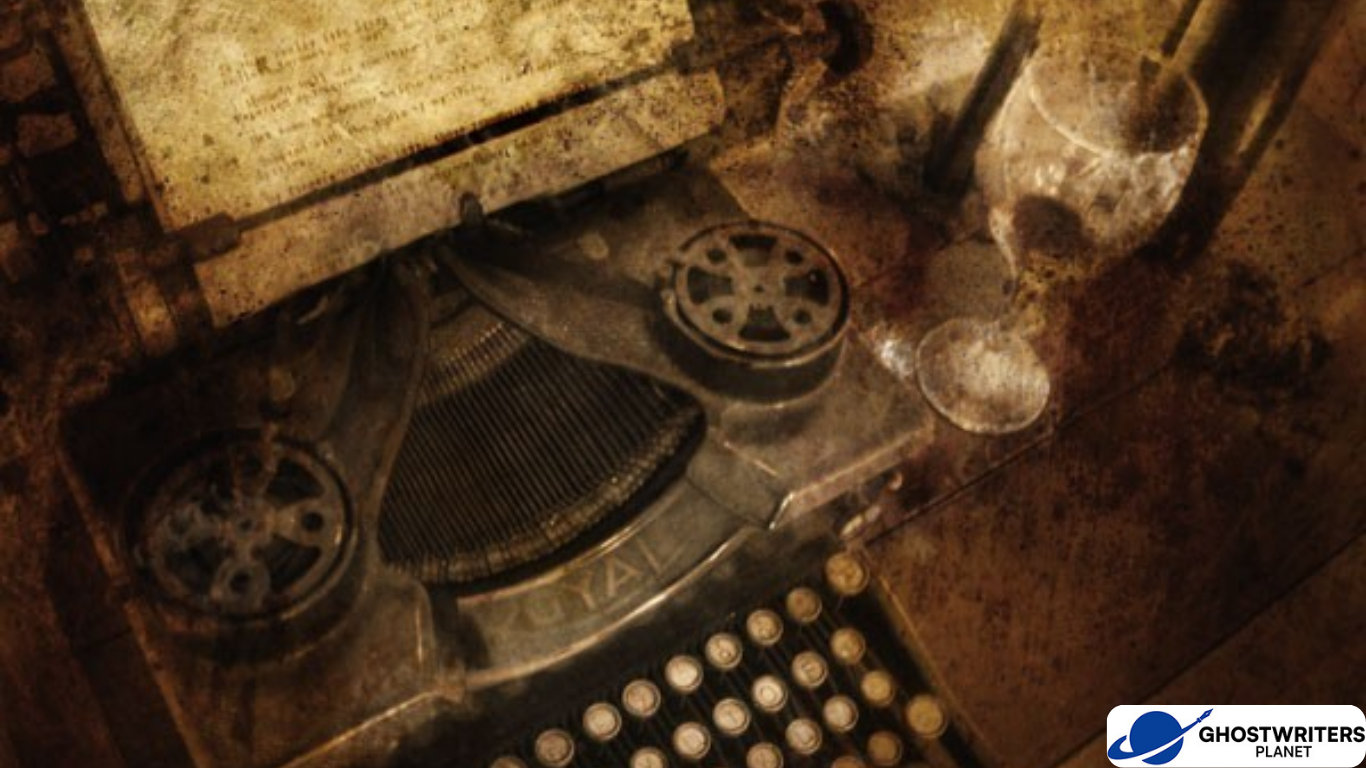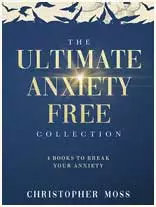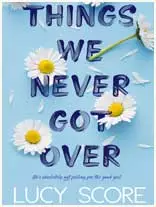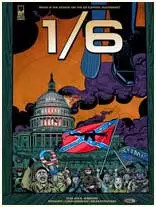How to Start Writing a Horror Story That Will Captivate Your Readers

Horror has always fascinated its readers through fear, suspense, and thrill. It could be in the form of a ghost tale, a psychological thriller, or maybe a supernatural mystery it could be all of those things that people enjoy in horror literature darker corners of the human imagination. But when it comes to horror writing, the first lines can either make or break a reader's interest. So starting off on the right foot hooks your audience and keeps them turning the next page. Have you been pondering over how to start your horror story writing an entrance stirring, awful yet alluring? This guide will pass through the necessary steps.
1. Start with Atmosphere and Mood
When it comes to atmosphere, the mood that you create in the first paragraph will set the tone for the entire story. Just with eerie descriptions of settings, abandoned houses, silent woods, or dimly lit hallways would place a reader right into a world of unease almost immediately.
As an example, instead of saying 'It was a dark night', you might say: 'The wind howled through the broken shutters, carrying whispers no one should hear.' Then build suspense through all of this detail, even from the beginning.
Tip: Use sensory details-sound, sight, smell, and touch-to immerse the reader in your chilling world.
2. Start in the Middle of the Action
Professional horror writing services create concepts that tend to get into some pretty intense situations quickly, without really developing a lengthy introduction to the protagonist. Waking a character with scratching against the window, or with a scream heard in the distance, creates instant dread. This will get your audience immediately going.
You really should feel the tension just from the very first scene, so curious as to what is going on and why. Plus, starting off with action creates that drive people have a hard time putting down.
3. Expose a Common Character
Fear becomes real when it happens to someone the reader can connect with. Readers still appreciate human flaws and fears even in a character setting that holds horror. This is how the terror unfolding in the story will feel personal.
A single parent protecting their child, a teenager daring to explore an old house, or a traveler stranded in an unknown village these kinds of characters are relatable, while they also increase the fear factor.
4. Use Foreshadowing for Suspense
Foreshadowing is a really effective and powerful literary device for planting early seeds of dread. Imagine a completely innocuous detail, such as an old photograph with scratched-out faces or a dog refusing to enter a room, triggering feelings of unease, suggesting the presence of something evil imminently. A professional horror writing service establishes horror by letting the reader know about the things to be feared ahead; there is so much tension, tightening little by little, until finally the horror is revealed.
5. Build Tension Through Setting and Pacing
The setting should not even serve as just a background; it has to act like a character itself. A haunted house, an isolated forest, and an ordinary neighborhood can all be feared when described with the right details.
Combine this with pacing tricks-short, sharp sentences during moments of fear, and longer, descriptive passages during calm moments. This creates a rhythm like the rise and fall of suspense, keeping the reader hooked.
6. Fear of the Unknown
The unknown is the greatest tool in horror story writing. People usually fear what they cannot see or explain. Let the reader feel the presence of the monster or ghost-noises, shadows, or the mounting paranoia of a character will do that.
Giving your piece ambiguity lets the imagination run wild. Whatever the mind conjures is often worse than anything that could be described on the page.
7. Write a Killer First Line
It's your hook consigned to paper, and in horror's case, it had better be unforgettable. Examples:
"She heard her name whispered from the closet-though she lived alone."
"Last time anyone saw the town's children; they were singing under the moon."
Those throw down immediate dread on the reader's head while pricking curiosity. Your first line must give the reader the expectation that terror lies mere sentences away.
8. Get the Apprivoiser from the Greats
Classics would be reading the horror masters: Stephen King, Shirley Jackson, or H.P. Lovecraft and how they instill fear right at the outset. They usually take an average situation an ordinary setting, a relatable context, then plunge into the deep blue horror unknown.
That doesn't mean you'll be copying their techniques-instead, you're going to apply them to develop your own voice in this genre.
9. Get Professional Help
Horror is one of the most rewarding types of writing, but also, perhaps, the most challenging. There is a lot of practice and skill required in keeping the perfect balance of suspense, detail, and originality. This is why many authors and aspiring writers have decided to seek the assistance of professional writing services in horror.
At Ghostwriters Planet, our experts are equipped with ghostwriting services that deliver bone-shattering content starting from the first line. Whether you would want us to assist you with brainstorming, polishing your first draft, or creating a full-length novel, we shall ensure you terrify in the best possible way with your story.
Conclusion
It is not just about starting a horror story by scaring readers, but by actually engaging them in your narrative. You can create such an opening with: the atmosphere, relatable characters, foreshadowing, and fear of the unknown to make readers pull into your dark, unsettling world.
And should you ever find yourself at a standstill, Ghostwriters Planet is ready to bring you first-class skills in horror story writing. With our professional horror writing services, your ideas can become plots that stay with the readers even after they read the last line.
limited Time offer
- 00
- 00
- 2





